The article proves that kinematic and dynamic theories in classical mechanics by I. Newton, considered a mathematical model of body displacement, are based on the laws of arithmetic progression (or linear function), trigonometry and quadratic function (equation). It is shown that formulas, equations of motion and graphs of dependencies in these theories are mathematical mechanisms that implement the relationship between uniformly varying mechanical quantities and quantities that implement (modify) changes. It is shown that the transition of a uniform change of one value to an accelerated (progressive) change occurs according to the scheme of transition of a linear function into a quadratic equation. It is shown that the formula of an arithmetic progression (linear function) is created by moving from variables in a quadratic equation to a time variable, and from changing and changing parameters to the coordinate, velocity and acceleration of the progression. In order for the content of the article to correspond to the topic, priority was given to mathematical initiatives (prerequisites, originals) of all the problems under consideration.
keywords: progression, linear and quadratic equations, coordinates, velocity, acceleration, time, variables.

